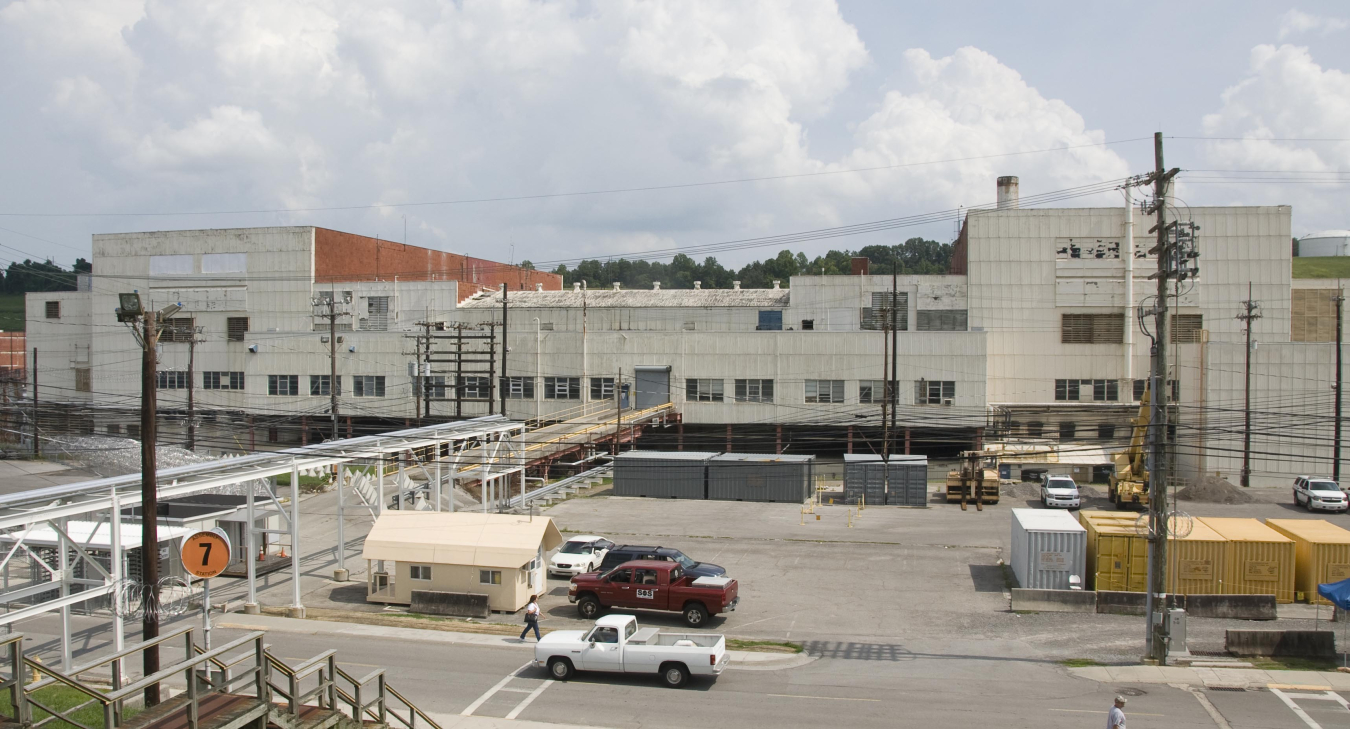EM crews are taking the first steps to bring the massive Alpha-4 facility at the Y-12 National Security Complex (Y-12) to the cold-and-dark stage, a process in which they remove all utility sources to the building as a precursor to demolition.
Office of Environmental Management
September 20, 2022
OAK RIDGE, Tenn. – EM crews are taking the first steps to bring the massive Alpha-4 facility at the Y-12 National Security Complex (Y-12) to the cold-and-dark stage, a process in which they remove all utility sources to the building as a precursor to demolition.
This project moves EM closer to addressing one of the largest high-risk buildings at the site. It also marks the third former enrichment facility at Y-12 where EM has initiated deactivation work. Other crews are preparing the Alpha-2 and Beta-1 facilities for teardown.
EM Oak Ridge contractor UCOR began sampling and marking potential hazards and removing combustible materials from Alpha-4 last month. Workers will soon begin isolating the structure from any potential hazardous energy sources, an early step in the deactivation process.
“Our close integration with Y-12 and its prime contractor, Consolidated Nuclear Security, coupled with integrating our deactivation and demolition work across the entire Oak Ridge Reservation is key to keeping our work moving forward,” said Dan Macias, UCOR’s site integration and cleanup manager. “Our workforce’s commitment to doing this work in the safest possible way helps us ensure we meet DOE’s expectations to reduce risk and support Y-12’s ability to advance their national security mission.”
The four-story Alpha-4 spans more than 500,000 square feet across 13 acre of land. The deactivation and demolition project is challenging not only due to the facility’s size, but also its mercury contamination.
The facility was used for uranium separation from 1944 to 1945. A decade later, workers finished installing Column Exchange (COLEX) equipment on the west, east, and south sides of Alpha-4 for lithium separation, a process requiring large amounts of mercury.
A significant amount of mercury was lost into the equipment, building and surrounding soils during those operations. Mercury cleanup is one of EM’s top priorities at Y-12.
Although employees drained the majority of materials from the equipment at Alpha-4 when operations ended in the 1960s, recoverable amounts of mercury remained in aging lines and equipment that had rusted and deteriorated over the decades.
UCOR crews have retrieved more than 6.5 tons of mercury from the COLEX equipment to date, demolished the equipment on the west side of Alpha-4 and finished deactivating the equipment on the east side of the building earlier this year.
Two other pivotal projects are underway that will enable removal of Alpha-4. The first is construction of the Mercury Treatment Facility. The facility will capture and treat mercury releases entering a nearby creek caused by crews and big machinery tearing down Alpha-4 and other large, mercury-contaminated buildings in the area.
Other critical work is the National Nuclear Security Administration’s West End Protected Area Reduction Project. That effort is rerouting portions of the high-security area at Y-12 around Alpha-4 and the other mercury-contaminated buildings, allowing enhanced access for cleanup crews and significantly reducing cleanup costs.
Deactivation work at Alpha-4 is expected to continue for several years.
To receive the latest news and updates about the Office of Environmental Management, submit your e-mail address.

